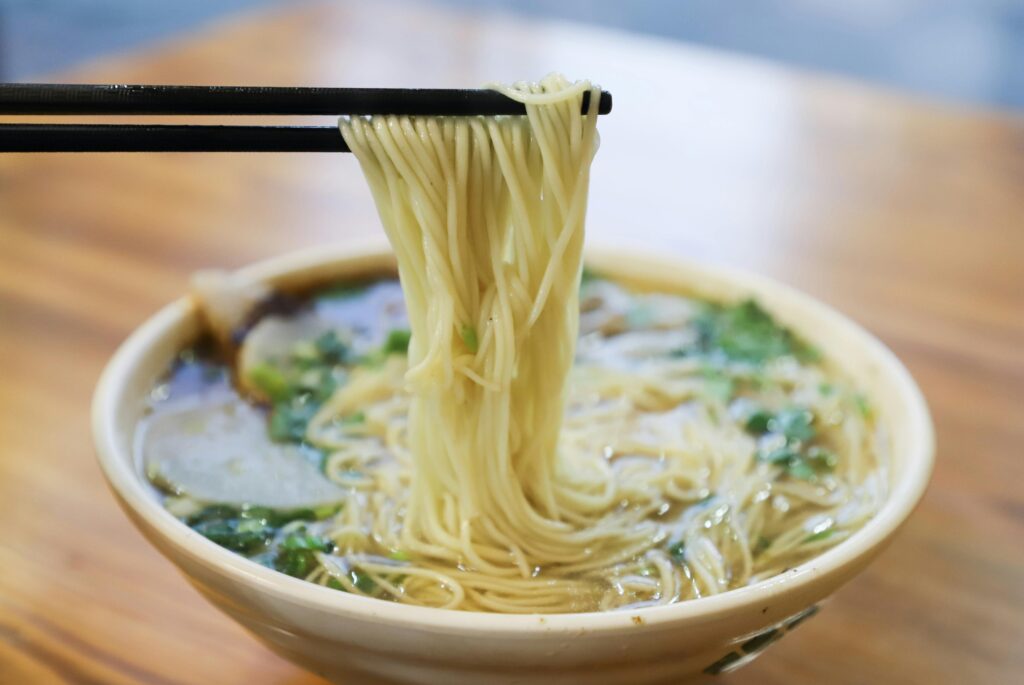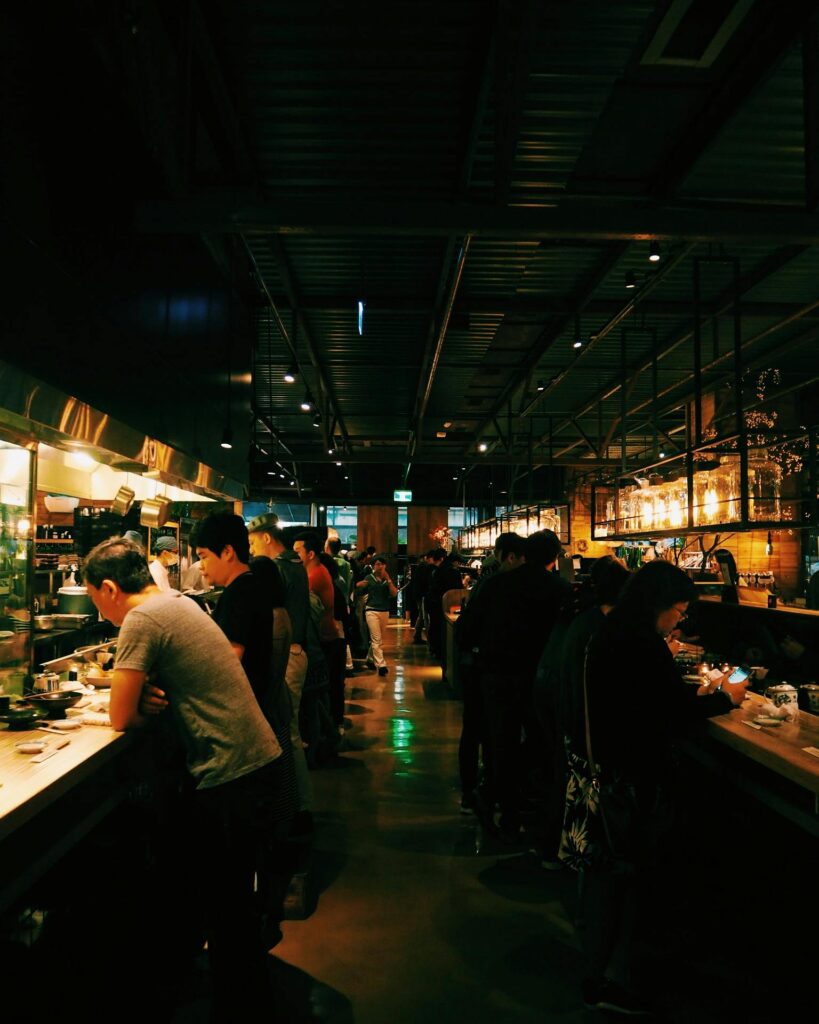Ramen, the humble Japanese noodle soup, has transcended its origins to become a global culinary phenomenon. What started as a simple, affordable meal in Japan has evolved into a worldwide obsession, with ramen shops popping up in cities from New York to Paris, and food enthusiasts experimenting with unique twists on the classic dish. But how did ramen achieve such universal appeal? In this deep dive, we’ll explore the history of ramen, its cultural significance, and how it has adapted to different palates and traditions around the world.



The Origins of Ramen: A Bowl of History
From China to Japan
Ramen’s roots can be traced back to China, where wheat-based noodles have been a staple for centuries. The dish was introduced to Japan in the late 19th or early 20th century, likely by Chinese immigrants. Initially called “shina soba” (Chinese noodles), it was a simple dish of noodles in broth, often sold by street vendors.
Post-War Popularity
Ramen’s popularity soared in Japan after World War II, when food shortages led to the widespread use of wheat flour donated by the United States. Instant ramen, invented by Momofuku Ando in 1958, revolutionized the dish, making it accessible to millions. Today, ramen is a symbol of Japanese cuisine, with regional variations like Hokkaido’s miso ramen and Kyushu’s tonkatsu ramen.
The Anatomy of Ramen: What Makes It So Special?
The Broth
The soul of any ramen bowl is its broth. From rich, creamy tonkatsu (pork bone) to light and savory shoyu (soy sauce), the broth sets the tone for the dish.
The Noodles
Ramen noodles are made from wheat flour, water, salt, and kansui (alkaline water), which gives them their signature chewy texture.
The Toppings
Toppings like chashu (braised pork), ajitsuke tamago (marinated egg), nori (seaweed), and menma (fermented bamboo shoots) add layers of flavor and texture.
The Tare
The tare (seasoning base) is what gives ramen its distinct flavor profile. Common types include shoyu, miso, and shio (salt).
Ramen Goes Global: A Culinary Journey
Ramen in the United States
The U.S. has embraced ramen with open arms, from high-end ramen bars to college dorm rooms stocked with instant noodles. Cities like New York, Los Angeles, and Chicago are home to some of the best ramen shops outside Japan.
- Notable Spots: Ivan Ramen in New York, Daikokuya in Los Angeles.
- Trends: Fusion ramen, vegan ramen, and gourmet instant ramen.
Ramen in Europe
Europe’s ramen scene is thriving, with cities like London, Paris, and Berlin leading the charge. European chefs often put their own spin on the dish, incorporating local ingredients and flavors.
- Notable Spots: Bone Daddies in London, Kodawari Ramen in Paris.
- Trends: Truffle ramen, seafood-based broths, and artisanal noodles.
Ramen in Asia
While ramen is inherently Japanese, other Asian countries have adopted and adapted the dish. In South Korea, ramyeon is a popular instant noodle dish, often served spicy. In Southeast Asia, ramen is often infused with local flavors like coconut milk and chili.
- Notable Spots: Ichiran is in Hong Kong, and Ramen Nagi is in the Philippines.
- Trends: Spicy ramen, coconut-based broths, and fusion toppings.
Ramen in Australia and Beyond
Australia’s vibrant food scene has welcomed ramen with open arms, with cities like Sydney and Melbourne boasting a variety of ramen shops. Even in countries with no historical ties to Japan, ramen has found a passionate following.
- Notable Spots: Ippudo in Sydney, Hakata Gensuke in Melbourne.
- Trends: Gluten-free ramen, locally sourced ingredients, and creative toppings.
Why Ramen Captivates the World
Comfort in a Bowl
Ramen’s warm, savory broth and hearty noodles make it the ultimate comfort food. It’s a dish that feels like a hug in a bowl, perfect for any occasion.
Endless Customization
One of ramen’s greatest strengths is its versatility. Whether you prefer a rich, creamy broth or a light, refreshing one, there’s a ramen for everyone.
Cultural Exchange
Ramen’s global journey is a testament to the power of cultural exchange. It’s a dish that transcends borders, bringing people together through a shared love of food.
The Future of Ramen: Trends and Innovations
Sustainability
As the world becomes more conscious of sustainability, ramen shops are exploring eco-friendly practices, from reducing food waste to using locally sourced ingredients.
Health-Conscious Options
With growing interest in health and wellness, expect to see more low-sodium, gluten-free, and plant-based ramen options.
Technology and Innovation
From robot-made noodles to AI-designed broths, technology is shaping the future of ramen.
How to Enjoy Ramen Like a Pro
- Slurp Your Noodles: In Japan, slurping is a sign of appreciation.
- Mix It Up: Stir your ramen to evenly distribute the flavors.
- Try Different Styles: Explore regional varieties and fusion ramen.
- Pair It Right: Match your ramen with a cold beer or green tea.
Final Thoughts
Ramen is more than just a dish—it’s a cultural phenomenon that has captured the hearts and taste buds of people around the world. Its journey from a portion of simple street food to a global obsession is a testament to its versatility, comfort, and universal appeal. Whether you’re a ramen novice or a seasoned slurper, there’s always something new to discover in the world of ramen. So grab a pair of chopsticks, dive into a steaming bowl, and join the global ramen revolution.
Thanks for joining me on this journey!
I’d love to hear your thoughts—feel free to share them in the comments below!
Abdelilah Hamma
Follow me on Instagram for more travel inspiration!
March 10, 2025
